Grassland
All Grassland Content
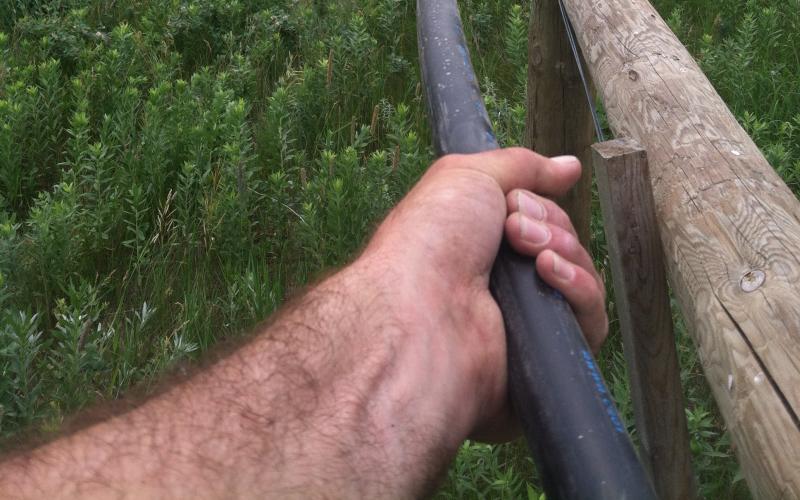
Recent Changes in Above-Ground Pasture Pipe Requires Matching Pipe and Fittings Correctly
Above-ground water systems have become a very popular tool to deliver clean water from reliable sources to pastures across South Dakota. Many of us assumed some of the new fittings from different manufacturers are universal, but it turns out they are not!

Cedar Trees and Rangeland Loss
The issue of cedar tree invasion into South Dakota’s rangelands tends to be a regional conversation. There is generally broad agreement among most resource professionals that these trees are in fact changing our landscape in a negative way.
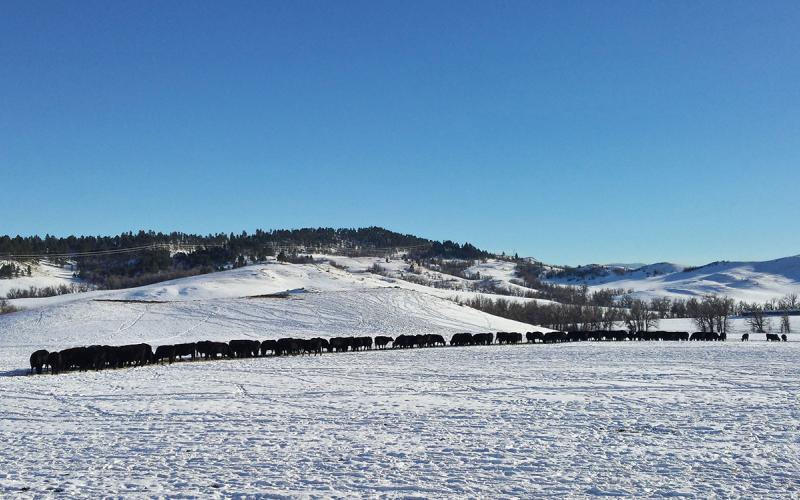
Swath/Bale Grazing
Swath grazing and bale grazing are harvest systems that mesh haying and grazing techniques. Generally, the objective is to reduce labor and equipment expenses by allowing livestock to consume the hay crop in the field.
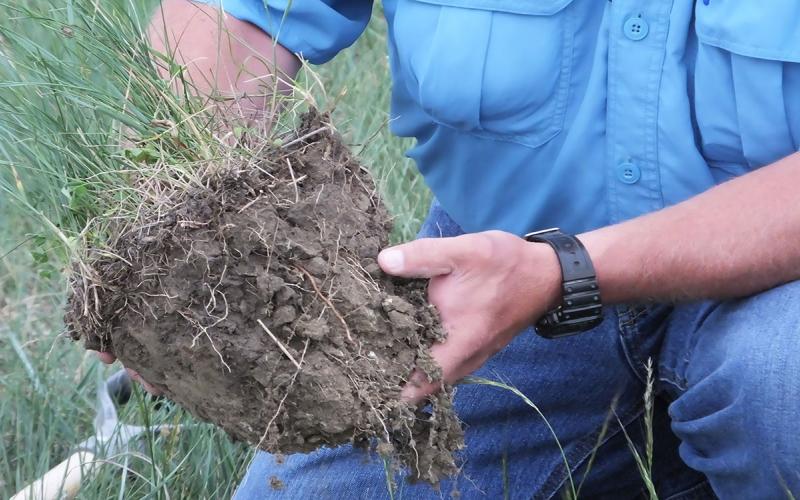
Fertilizing Grasslands
Grassland fertilization, like many other grassland management topics, is highly dependent on certain parameters, such as soil type, vegetation type and harvest methods.

Managing and Protecting Grasslands for the Future
Grasslands are a valuable resource for South Dakota, and many of our core industries rely on the perpetuation of healthy grasslands for agriculture, recreation and tourism. Regardless of goals and objectives, many grassland landowners desire assistance with short and long-term grassland management goals.
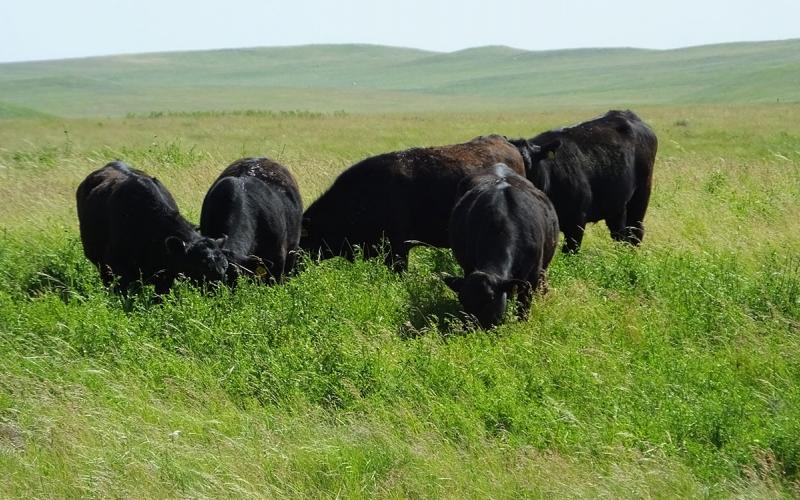
Estimating Livestock Consumption
When planning a grazing strategy, it is important to carefully assess goals and objectives and then match those goals and objectives with the appropriate livestock. It is critical that the manager understand that not all livestock are created equal.
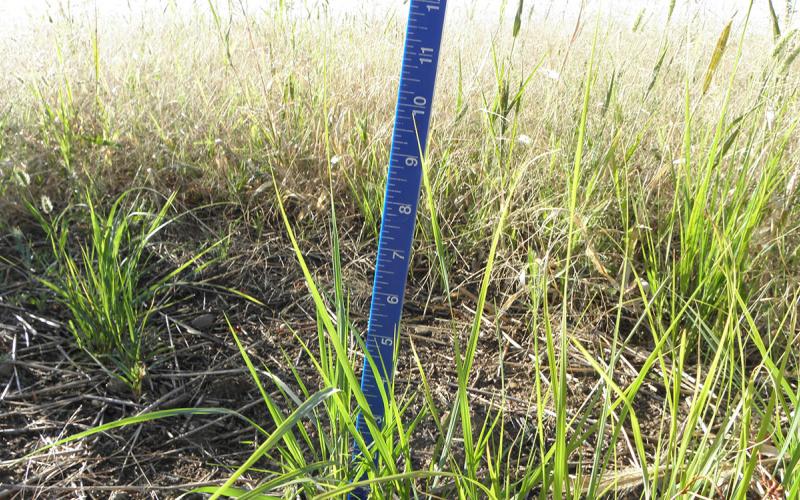
Measuring Grassland Production
Assessing pasture forage production is a key step in planning harvest strategies and can also inform the manager on the status of wildlife habitat or other grassland values.
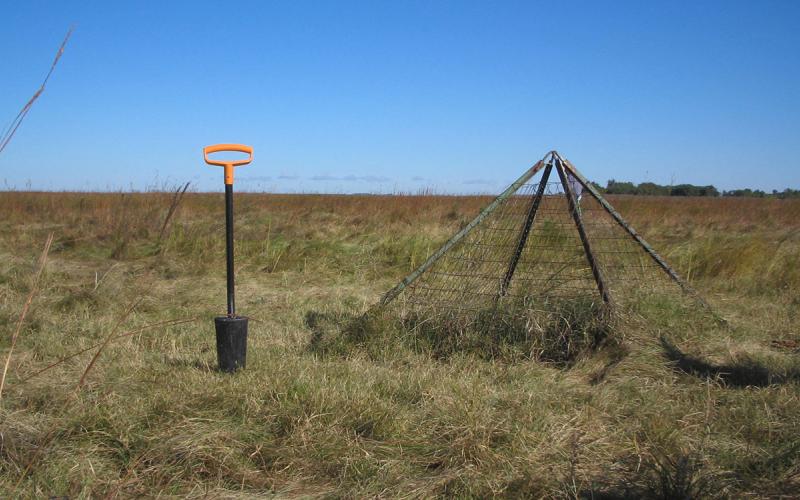
Monitoring Success
While periodic monitoring is necessary for continued success, a thorough evaluation in the first few months will tell you a lot about grazing levels, benefits to livestock and livestock-to-acre ratio.
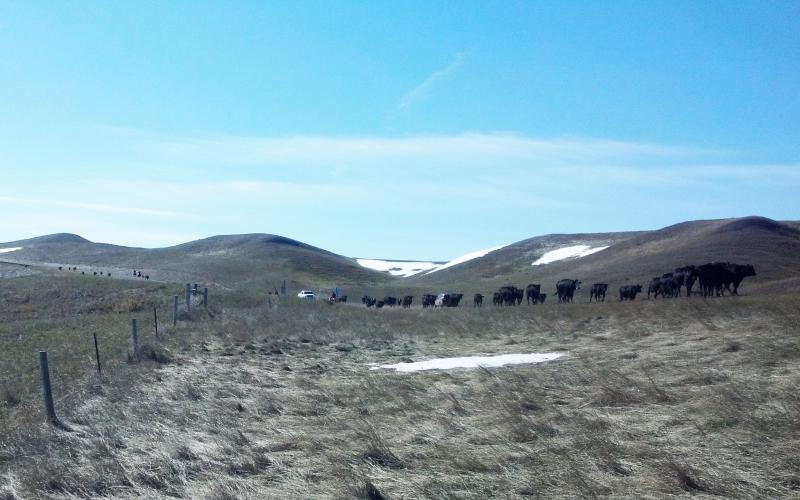
Winter Grazing
The predominant factor in winter grazing is ensuring adequate forage availability while considering long-term range health. When managed correctly, grazing winter range can be a viable option for controlling feed costs without negatively impacting rangelands.
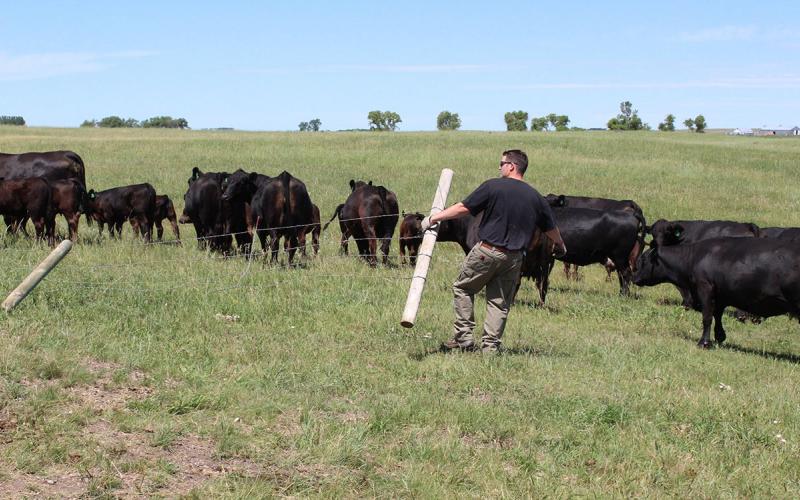
Grazing Contracting
For those who own grasslands not typically grazed, or for those looking for a better contract basis, there are several grazing contract options that can be explored.